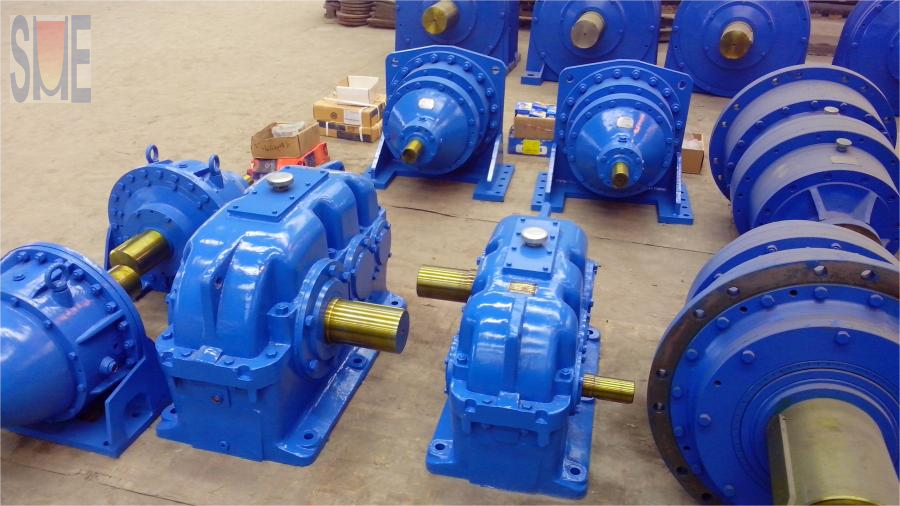Quenched steel is a medium carbon steel with a carbon content of 0.3-0.6%, generally with this type of steel parts required to have good overall mechanical properties, that is, in maintaining high strength and at the same time has good plasticity and toughness, is the most widely used structural steel in a class of steel. 45 quenched steel is a medium carbon structural steel, cold and hot processing properties are good, mechanical properties are good, widely used. Its greatest weakness is low hardenability, large cross-sectional size and relatively high requirements of the workpiece should not be used. 42CrMo tempered steel is commonly used in the manufacture of shafts, bolts, etc.
Non-quenched steel is based on medium-carbon manganese steel with vanadium, titanium, niobium micro-alloying elements, so that it dissolves in austenite during the heating process, because the solid solution of vanadium, titanium, niobium in austenite decreases with cooling. The microalloying elements vanadium, titanium and niobium will precipitate as fine nitrides of carbides in the ferrite and pearlite that precipitate first. These precipitates maintain a co-grid relationship with the parent phase and strengthen the steel. The mechanical properties of these steels in the hot-rolled, forged or normalized state shorten the production cycle and save energy. The mechanical properties of non-quenched steels depend on the microstructure of the matrix and the strengthening of the precipitated phases. Hot forging with non-quenched steel for hot forgings (such as crankshafts, connecting rods, etc.), direct cutting with non-quenched steel with hot-rolled parts directly into parts, cold-strengthened non-quenched steel for standard parts (such as nuts, etc.), high toughness non-quenched steel for parts requiring high toughness.
